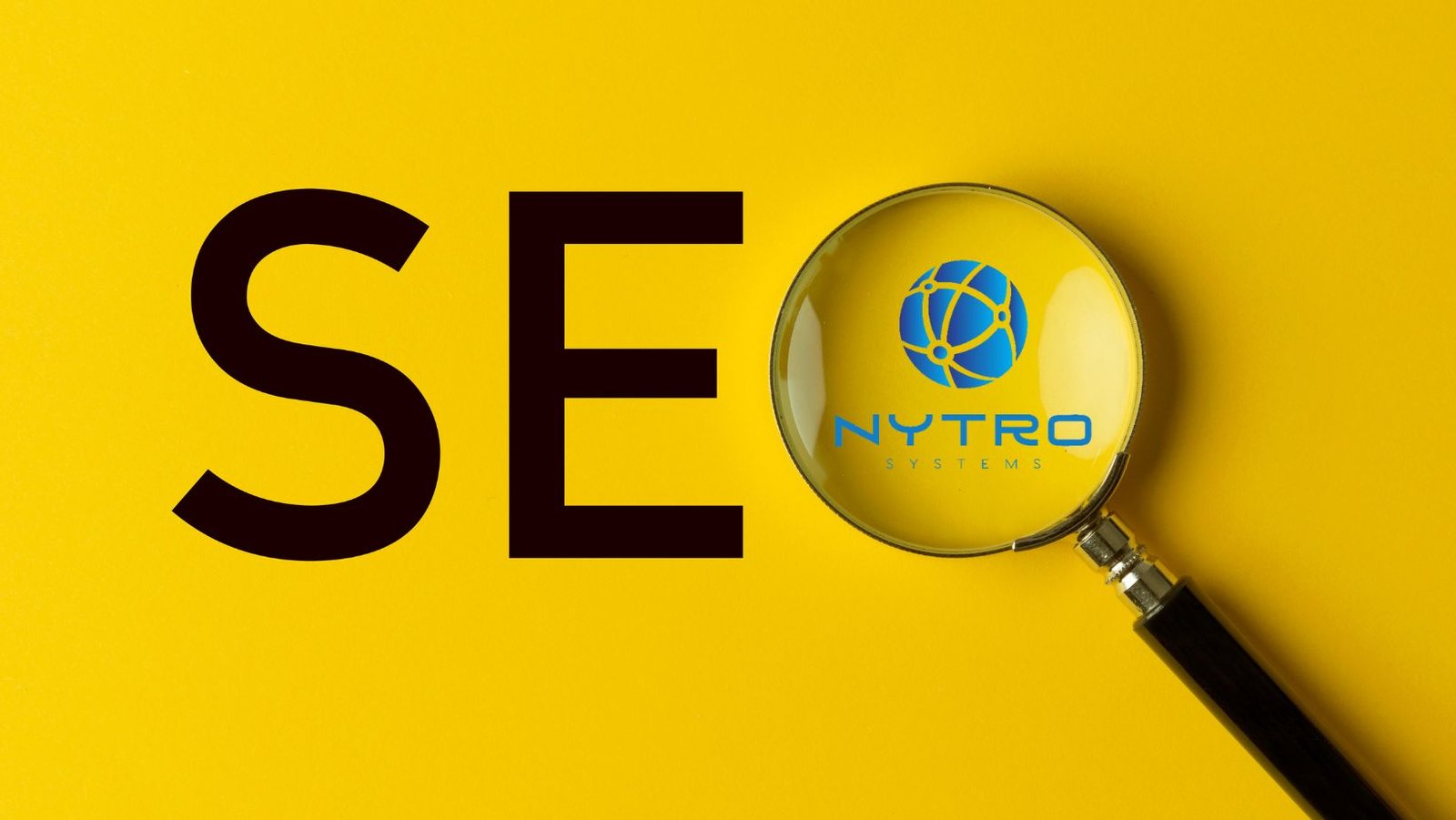In today’s competitive market, understanding the cost of doing business is crucial for any entrepreneur or company looking to thrive. The term “cost of doing business” encompasses all the expenses a company incurs in the process of producing goods or services and bringing them to market. These costs can vary significantly depending on the industry, size of the business, location, and several other factors. In this comprehensive guide, we will delve into the various components that constitute the cost of doing business, explore strategies to manage these costs, and examine the impact of these costs on overall business performance.
Understanding the Cost of Doing Business
The cost of doing business is broadly categorized into direct and indirect costs. Direct costs are directly attributable to the production of goods or services, while indirect costs are not directly tied to production but are necessary for the overall operation of the business.
1. Direct Costs
Direct costs include expenses that are directly tied to the creation of a product or service. These costs can be easily traced back to a specific product, department, or project. Key components of direct costs include:
- Raw Materials and Supplies: These are the fundamental components required to manufacture a product. The cost of raw materials can fluctuate based on supply chain dynamics, market demand, and geopolitical factors.
- Labor Costs: This includes wages, salaries, and benefits paid to employees who are directly involved in the production process. Labor costs can vary significantly depending on the industry, location, and skill level of the workforce.
- Manufacturing Overheads: These are the costs associated with the production process that are not directly tied to a specific product, such as utilities, equipment maintenance, and factory rent.
2. Indirect Costs
Indirect costs are expenses that are not directly linked to the production of goods or services but are necessary for the overall operation of the business. These costs include:
- Administrative Expenses: These are the costs associated with the general administration of the business, such as salaries of management and administrative staff, office supplies, and professional services like accounting and legal fees.
- Marketing and Sales Expenses: Costs related to promoting and selling products or services, including advertising, sales commissions, and promotional activities.
- Research and Development (R&D): Expenses incurred in the development of new products or the improvement of existing ones. This includes costs for R&D staff, lab equipment, and testing materials.
- Depreciation and Amortization: These are non-cash expenses that reflect the gradual wear and tear of physical assets (depreciation) and the decline in value of intangible assets (amortization).
Factors Influencing the Cost of Doing Business
Several factors influence the cost of doing business, and understanding these factors can help businesses manage their expenses more effectively.
1. Location
The geographical location of a business can significantly impact its operating costs. Factors such as local labor rates, real estate prices, tax policies, and the availability of resources can vary greatly from one location to another.
- Labor Rates: Wages and salaries can differ widely depending on the region. For example, labor costs in metropolitan areas are typically higher than in rural areas.
- Real Estate Costs: The cost of renting or purchasing business premises can vary based on location. Urban centers usually have higher real estate costs compared to suburban or rural areas.
- Taxes and Regulations: Different regions have varying tax rates and regulatory requirements, which can affect the overall cost of doing business.
2. Industry
The industry in which a business operates also plays a crucial role in determining its costs. Different industries have unique cost structures based on their operational requirements.
- Capital-Intensive Industries: Industries such as manufacturing, energy, and transportation require significant investment in machinery, equipment, and infrastructure.
- Labor-Intensive Industries: Sectors like healthcare, education, and hospitality rely heavily on human labor, leading to higher labor costs.
- Technology-Driven Industries: Businesses in the technology sector may have higher R&D and innovation costs but lower manufacturing and distribution costs.
3. Scale of Operations
The size and scale of a business can influence its cost structure. Larger businesses often benefit from economies of scale, which can reduce the average cost per unit of production.
- Economies of Scale: Larger companies can spread their fixed costs over a higher volume of production, resulting in lower per-unit costs.
- Bulk Purchasing: Bigger businesses can negotiate better prices for raw materials and supplies due to their purchasing power.
- Operational Efficiency: Larger organizations may have more efficient processes and better access to advanced technologies that can reduce operating costs.
Strategies to Manage and Reduce Business Costs
Effectively managing and reducing costs is essential for improving profitability and maintaining a competitive edge. Here are some strategies businesses can employ to manage their costs:
1. Optimize Operational Efficiency
Improving operational efficiency can significantly reduce costs. This can be achieved through:
- Process Improvement: Streamlining processes to eliminate waste and reduce inefficiencies. This can involve adopting lean manufacturing principles or implementing Six Sigma methodologies.
- Automation: Utilizing automation technologies to reduce labor costs and improve productivity. This can include automated production lines, robotic process automation (RPA), and AI-driven solutions.
- Energy Efficiency: Implementing energy-efficient practices to reduce utility costs. This can involve using energy-efficient lighting, machinery, and HVAC systems.
2. Strategic Sourcing and Procurement
Effective sourcing and procurement strategies can help businesses obtain raw materials and supplies at lower costs.
- Supplier Negotiation: Building strong relationships with suppliers and negotiating favorable terms and discounts.
- Bulk Purchasing: Taking advantage of bulk purchasing to obtain lower per-unit costs.
- Alternative Suppliers: Identifying and partnering with alternative suppliers to reduce dependency on a single source and to leverage competitive pricing.
3. Labor Cost Management
Managing labor costs is crucial, especially in labor-intensive industries.
- Workforce Planning: Optimizing workforce levels to match demand and avoid overstaffing.
- Training and Development: Investing in employee training and development to improve productivity and reduce turnover.
- Flexible Work Arrangements: Implementing flexible work arrangements, such as remote work or flexible hours, to reduce overhead costs and improve employee satisfaction.
4. Financial Management
Effective financial management can help businesses control costs and improve profitability.
- Budgeting and Forecasting: Developing detailed budgets and forecasts to monitor and control expenses.
- Cost Tracking: Implementing cost-tracking systems to identify areas of overspending and opportunities for cost reduction.
- Debt Management: Managing debt levels to reduce interest expenses and improve cash flow.
The Impact of Cost on Business Performance
Understanding and managing the cost of doing business is critical for overall business performance. High costs can erode profit margins and affect a company’s ability to compete in the market. Conversely, effectively managed costs can enhance profitability, support growth, and improve competitiveness.
1. Profitability
The primary impact of business costs is on profitability. Reducing costs without compromising quality or service can directly improve profit margins.
- Gross Profit Margin: This metric measures the difference between revenue and the cost of goods sold (COGS). Reducing direct costs can improve the gross profit margin.
- Operating Profit Margin: This metric considers both direct and indirect costs. Effective management of both types of costs can improve the operating profit margin.
2. Competitiveness
Managing costs effectively can enhance a company’s competitiveness in the market.
- Pricing Strategy: Lower costs can enable businesses to offer competitive pricing, attracting more customers and increasing market share.
- Investment in Innovation: Cost savings can be reinvested in innovation and development, helping businesses stay ahead of competitors.
3. Sustainability
Long-term sustainability is closely linked to cost management. Businesses that manage their costs effectively are better positioned to weather economic downturns and market fluctuations.
- Financial Health: Effective cost management contributes to a healthy balance sheet, with lower debt levels and higher reserves.
- Resilience: Businesses with lower costs are more resilient to market changes and can adapt more quickly to new opportunities and challenges.
Case Studies: Cost Management in Action
To illustrate the importance of cost management, let’s look at a few real-world examples of companies that have successfully managed their costs to improve business performance.
1. Toyota: Lean Manufacturing
Toyota is renowned for its implementation of lean manufacturing principles, which focus on eliminating waste and improving efficiency. By adopting practices such as just-in-time (JIT) inventory management and continuous improvement (Kaizen), Toyota has been able to reduce production costs, improve quality, and increase profitability.
2. Walmart: Strategic Sourcing
Walmart’s success is largely attributed to its effective sourcing and procurement strategies. The company leverages its massive purchasing power to negotiate favorable terms with suppliers, enabling it to offer low prices to customers while maintaining healthy profit margins.
3. Apple: Efficient Supply Chain
Apple’s efficient supply chain management has been a key factor in its success. By maintaining strong relationships with suppliers, optimizing inventory levels, and investing in advanced manufacturing technologies, Apple has been able to control costs and deliver high-quality products at competitive prices.
Future Trends in Business Cost Management
As the business landscape continues to evolve, new trends and technologies are emerging that will shape the future of cost management.
1. Digital Transformation
Digital transformation is revolutionizing the way businesses operate, with technologies such as artificial intelligence (AI), machine learning, and the Internet of Things (IoT) offering new opportunities for cost management.
- AI and Automation: AI-driven solutions can automate routine tasks, reducing labor costs and improving efficiency.
- IoT: IoT devices can provide real-time data on equipment performance and energy usage, enabling businesses to optimize operations and reduce costs.
2. Sustainability and Green Practices
Sustainability is becoming increasingly important for businesses, with many companies adopting green practices to reduce costs and improve their environmental footprint.
- Energy Efficiency: Investing in energy-efficient technologies and practices can significantly reduce utility costs.
- Sustainable Sourcing: Sourcing materials from sustainable suppliers can reduce costs and improve brand reputation.
3. Remote Work and Flexible Arrangements
The shift towards remote work and flexible arrangements, accelerated by the COVID-19 pandemic, is transforming the traditional workplace and offering new opportunities for cost savings.
- Reduced Overheads: Remote work can reduce the need for office space, utilities, and other overhead costs.
- Increased Productivity: Flexible work arrangements can improve employee satisfaction and productivity, leading to lower turnover and training costs.
Conclusion
Understanding and managing the cost of doing business is essential for any company looking to thrive in today’s competitive market. By analyzing the various components of business costs, identifying key influencing factors, and implementing effective cost management strategies, businesses can improve their profitability, competitiveness, and sustainability. As the business landscape continues to evolve, staying ahead of emerging trends and technologies will be crucial for maintaining effective cost management and driving long-term success.
FAQ’s
The cost of doing business refers to all the expenses a company incurs in the process of producing goods or services and bringing them to market. This includes direct costs like raw materials, labor, and manufacturing overheads, as well as indirect costs such as administrative expenses, marketing, R&D, and depreciation.
Direct costs are expenses directly attributable to the production of goods or services. They can be easily traced back to a specific product, department, or project. Examples of direct costs include raw materials, labor costs, and manufacturing overheads.





